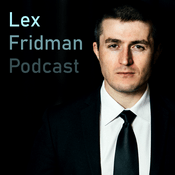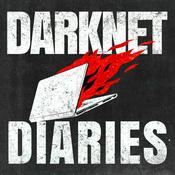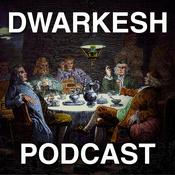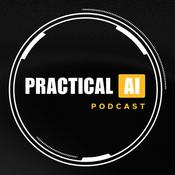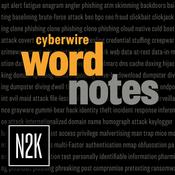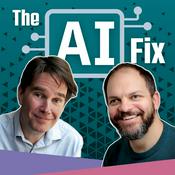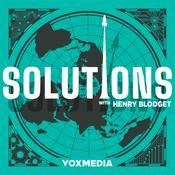191 episodes
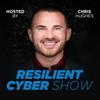
2025 Cybersecurity Macroeconomic Retrospective
2025/12/18 | 25 mins.
In this episode of Resilient Cyber, I sit down with my friend and the Founder of Return on Security (RoS), 💰 Mike Privette.Mike is the among the best our community has to offer when it comes to analyzing the macroeconomic trends of the cybersecurity ecosystem, from M&A, fundraising, startups, innovation, and venture capital.We will dig into the macroeconomics of cyber this past year, key trends, takeaways, the outsized role AI has or hasn’t had and what 2026 may hold as we look ahead.

Resilient Cyber w/ Patrick Garrity - 2025 VulnMgt Research Roundup
2025/12/12 | 38 mins.
In this episode I sit down with my friend and Vulnerability Researcher Patrick Garrity 👾🛹💙 of VulnCheck to do a roundup of the latest trends, analysis and insights into the vulnerability and exploitation ecosystem throughout the past year.We covered a lot of great topics, including:- The most notable vulnerability trends over 2025, including what has changed, or stayed the same in the past year.- Continued challenges around the NIST NVD and CVE, the sprawl of competing vulnerability databases and vulnerability identification schemes, challenges with funding, centralized vs. decentralized approaches and what the future holds. - What the life of a vulnerability researcher looks like under the hood, including participating in coordinated vulnerability disclosure.- Efforts from Patrick's team at VulnCheck, including their Known Exploited Vulnerability catalog, covering gaps from the CISA KEV, as well as https://research.vulncheck.com that provides excellent graphs and visualizations.- Patrick's thoughts on what the vulnerability management landscape may look like in 2026.

Resilient Cyber w/ Jesus and John - Post-Quantum Cryptography for Engineers
2025/11/19 | 22 mins.
In this episode of Resilient Cyber, I'm joined by Jesus Alejandro Cardenes Cabre, SVP of Product Architecture and John Xiaremba, Software Engineer, both from the VIA Knowledge Hub team to dig into all things post-quantum cryptography (PQC). This includes PQC standards, as well as practical steps developers must take today to mitigate future risks.

Resilient Cyber w/ Kamal Shah - The State of AI in SecOps
2025/11/11 | 29 mins.
In this episode of Resilient Cyber, I sit down with Kamal Shah, Cofounder and CEO at Prophet Security, to discuss the State of AI in SecOps. There continues to be a tremendous amount of excitement and investment in the industry around AI and cybersecurity, with Security Operations (SecOps) arguably seeing the most investment among the various cybersecurity categories.Kamal and I will walk through the actual state of AI in SecOps, how AI is impacting the future of the SOC, what hype vs. reality is, and much more.

Resilient Cyber w/ Jeff & Naomi - The AI-Driven Shift to Runtime AppSec
2025/11/07 | 35 mins.
In this episode of Resilient Cyber, I sit down with longtime industry AppSec leader and Founder/CTO of Contrast Security, Jeff Williams, along with Contrast Security's Sr. Director of Product Security Naomi Buckwalter, to discuss all things Application Detection & Response (ADR), as well as the implications of AI-driven development.
More Technology podcasts
Trending Technology podcasts
About Resilient Cyber
Listen to Resilient Cyber, Acquired and many other podcasts from around the world with the radio.net app

Get the free radio.net app
- Stations and podcasts to bookmark
- Stream via Wi-Fi or Bluetooth
- Supports Carplay & Android Auto
- Many other app features
Get the free radio.net app
- Stations and podcasts to bookmark
- Stream via Wi-Fi or Bluetooth
- Supports Carplay & Android Auto
- Many other app features


Resilient Cyber
download the app,
start listening.

